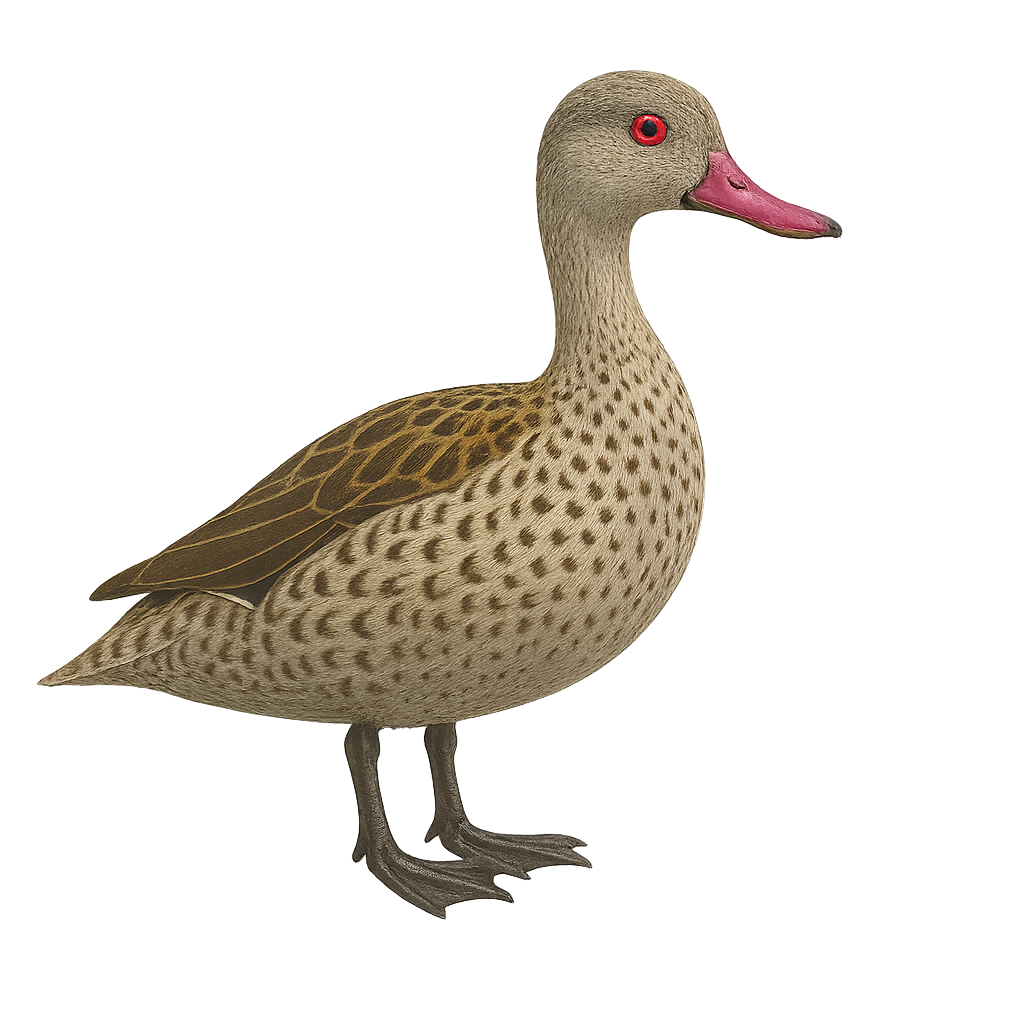Your wildlife photography guide.
Explore the cape teal in detail, study its behavior, prepare your shots.
Where to observe and photograph the cape teal in the wild
Learn where and when to spot the cape teal in the wild, how to identify the species based on distinctive features, and what natural environments it inhabits. The WildlifePhotographer app offers tailored photography tips that reflect the cape teal’s behavior, helping you capture better wildlife images. Explore the full species profile for key information including description, habitat, active periods, and approach techniques.
Cape Teal
Scientific name: Anas capensis

IUCN Status: Least Concern
Family: ANATIDAE
Group: Birds
Sensitivity to human approach: Suspicious
Minimum approach distance: 10 m
Courtship display: December to February
Incubation: 26-28 jours
Hatchings: December to March
Habitat:
Lakes, marshes, slow-moving rivers
Activity period :
Primarily active during the day, with peak activity in the morning and late afternoon.
Identification and description:
The Cape Teal, Anas capensis, is a small dabbling duck native to sub-Saharan Africa. It is easily identifiable by its bright red bill and pale grey plumage speckled with dark spots. Males and females are similar, though females are slightly smaller. This duck prefers aquatic habitats such as lakes, marshes, and slow-moving rivers. It primarily feeds on aquatic plants, seeds, and insects. Although generally discreet, it can form large flocks outside the breeding season. Its population is stable, but it is sometimes threatened by habitat loss and water pollution.
Recommended lens:
400mm – adjust based on distance, desired framing (portrait or habitat), and approach conditions.
Photography tips:
To photograph the Cape Teal, focus on early morning or late afternoon hours when the light is soft. Use a telephoto lens of at least 400mm to capture precise details without disturbing the bird. Be patient and discreet, as this duck can be suspicious. A tripod can be helpful to stabilize your camera, especially if using a slow shutter speed. Try to capture images when the duck is moving or feeding to add dynamism to your photos.
The WildlifePhotographer App is coming soon!
Be the first to explore the best nature spots, track rutting seasons, log your observations, and observe more wildlife.
Already 1 431 wildlife lovers subscribed worldwide

